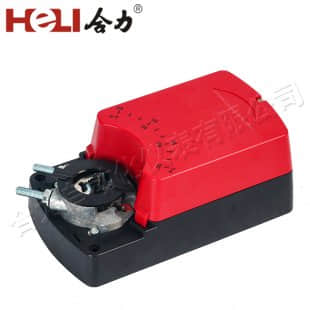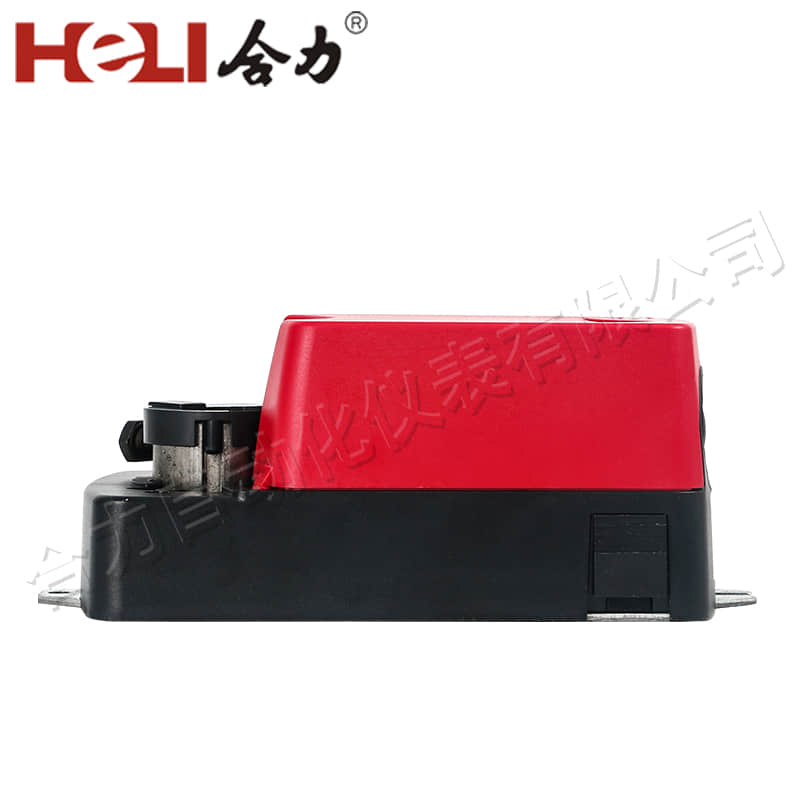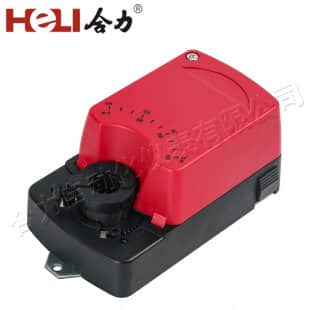understanding damper actuators: their role and applications
Release time:2024-12-09 23:20:31
A damper actuator is a crucial component in various mechanical and industrial systems, playing a key role in controlling the flow of air or fluids within systems such as HVAC (Heating, Ventilation, and Air Conditioning) units, automotive systems, and industrial machinery. This article explores the functions, types, and applications of damper actuators, highlighting their significance in maintaining system efficiency and performance.

What is a Damper Actuator?

A damper actuator is a device responsible for adjusting the position of a damper, which regulates the flow of air or fluid in a system. The actuator converts electrical signals or other input forms into mechanical movement to control the damper's position. This process ensures that the airflow or fluid flow is optimized according to the system's needs, improving overall efficiency and performance. Types of Damper Actuators
Damper actuators come in several types, each designed for specific applications and operational requirements. The most common types include:




